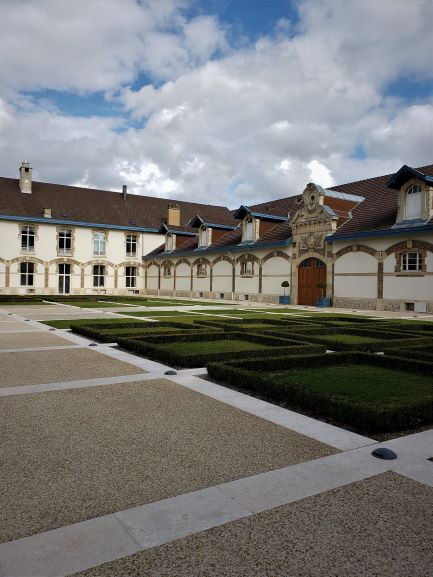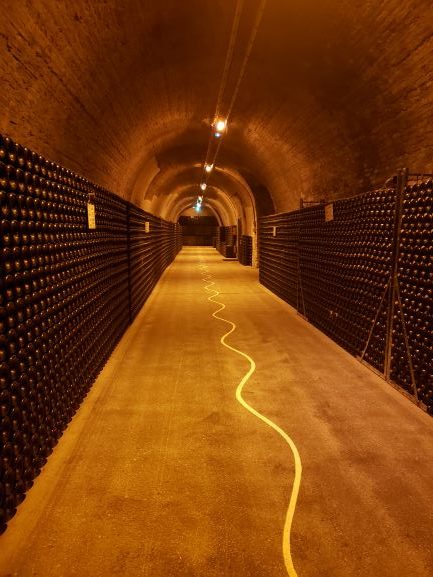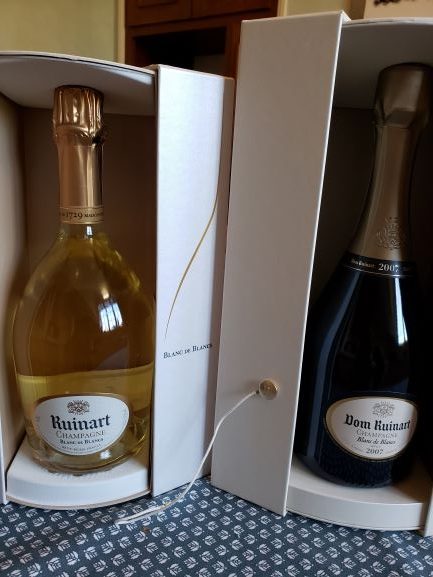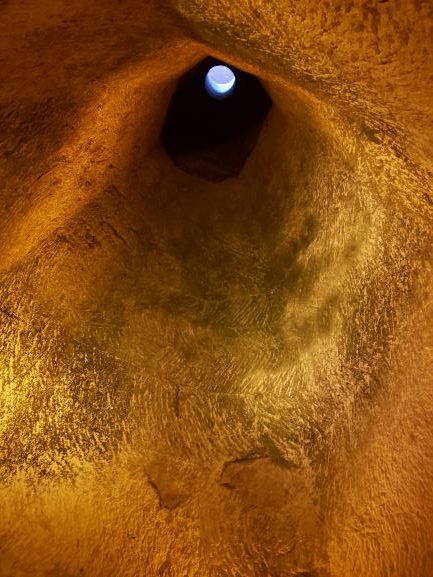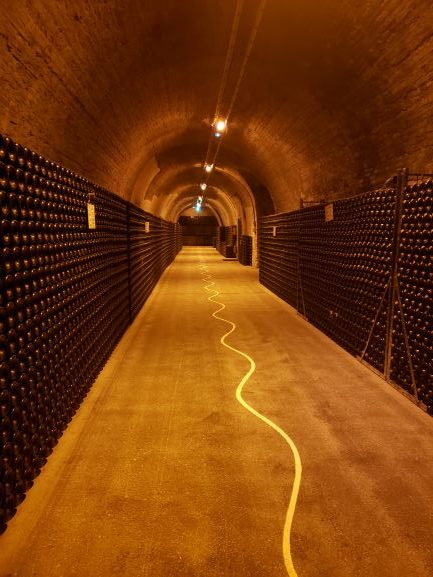The House of Ruinart is unlike any other. It was the first established House of Champagne in 1729 and inspired by the intuition of a monk well ahead of his time.
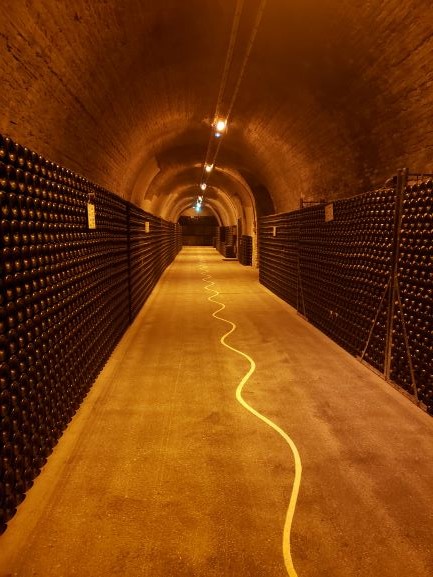
Chardonnay is the very soul of Ruinart. The grape, mainly harvested from the Côte des Blancs and Montagne de Reims terroirs, is at the heart of all our cuvées.
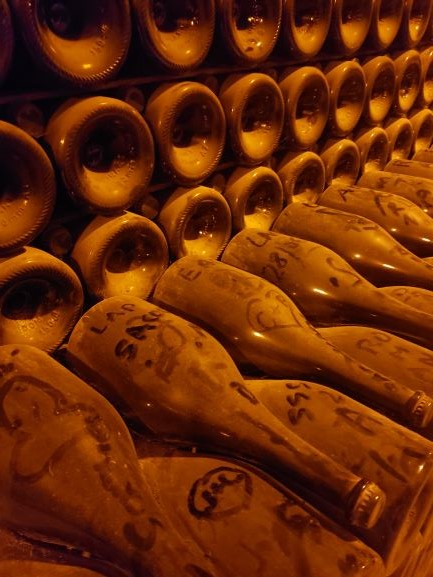
A unique part of our visit included a tour of the crayères, or chalk galleries, classified as a World Heritage site by UNESCO in 2015. It’s hard to describe the feeling when you know you are 125 feet down into the earth with the silent chalk surrounding you.
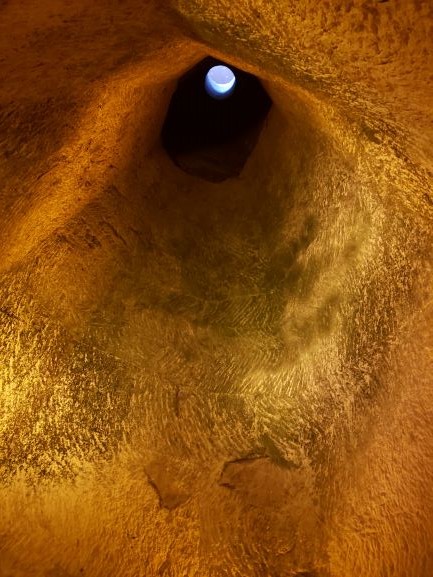
Vaulted ceilings and large galleries, the crayères almost remind you of being in a cathedral where you really should be quiet. The only other souls we saw were rows upon rows of bottles. Probably millions. Not a bad sight.
The cool, dark crayeres are lit by spot lights in a few places. Other times, light comes in from a hole far above you.
Centuries of graffiti are carved into the walls, bearing names, doodles, and even tiny altars with crosses.
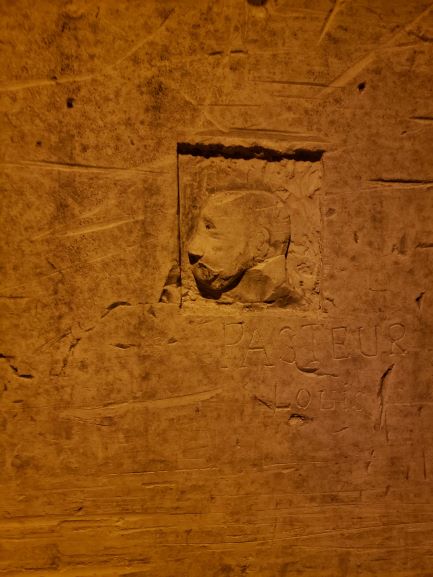
The blend for Blanc de Blancs
The blend is 100% Chardonnay from various years (20 to 25% of which are reserve wines from the 2 previous years).
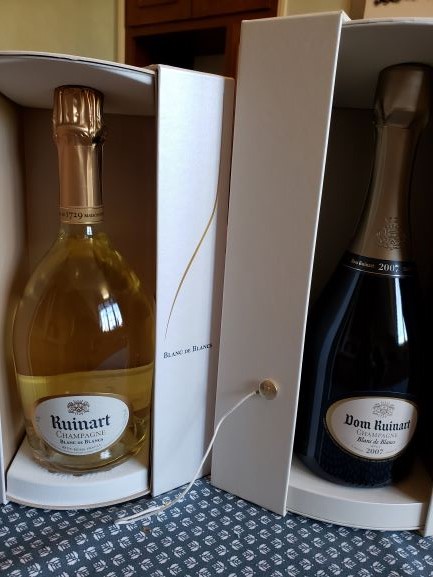
A large majority of Premiers Crus from the Côte des Blancs and Montagne de Reims vineyards for aromatic refinement, supplemented by Sézannais wines known to provide maturity. Finally, several wines from the north of the Vesle valley give a light, fresh touch.
